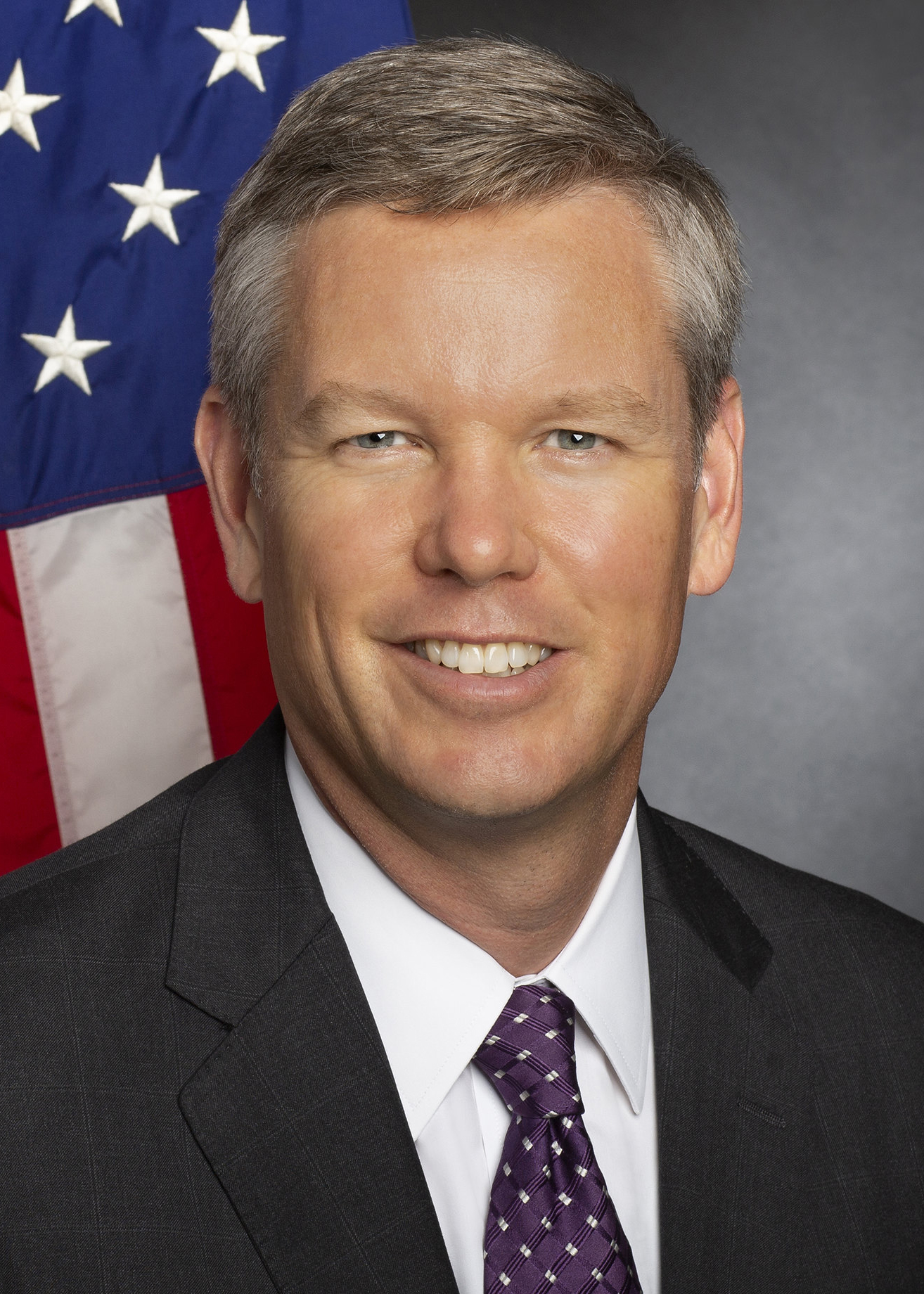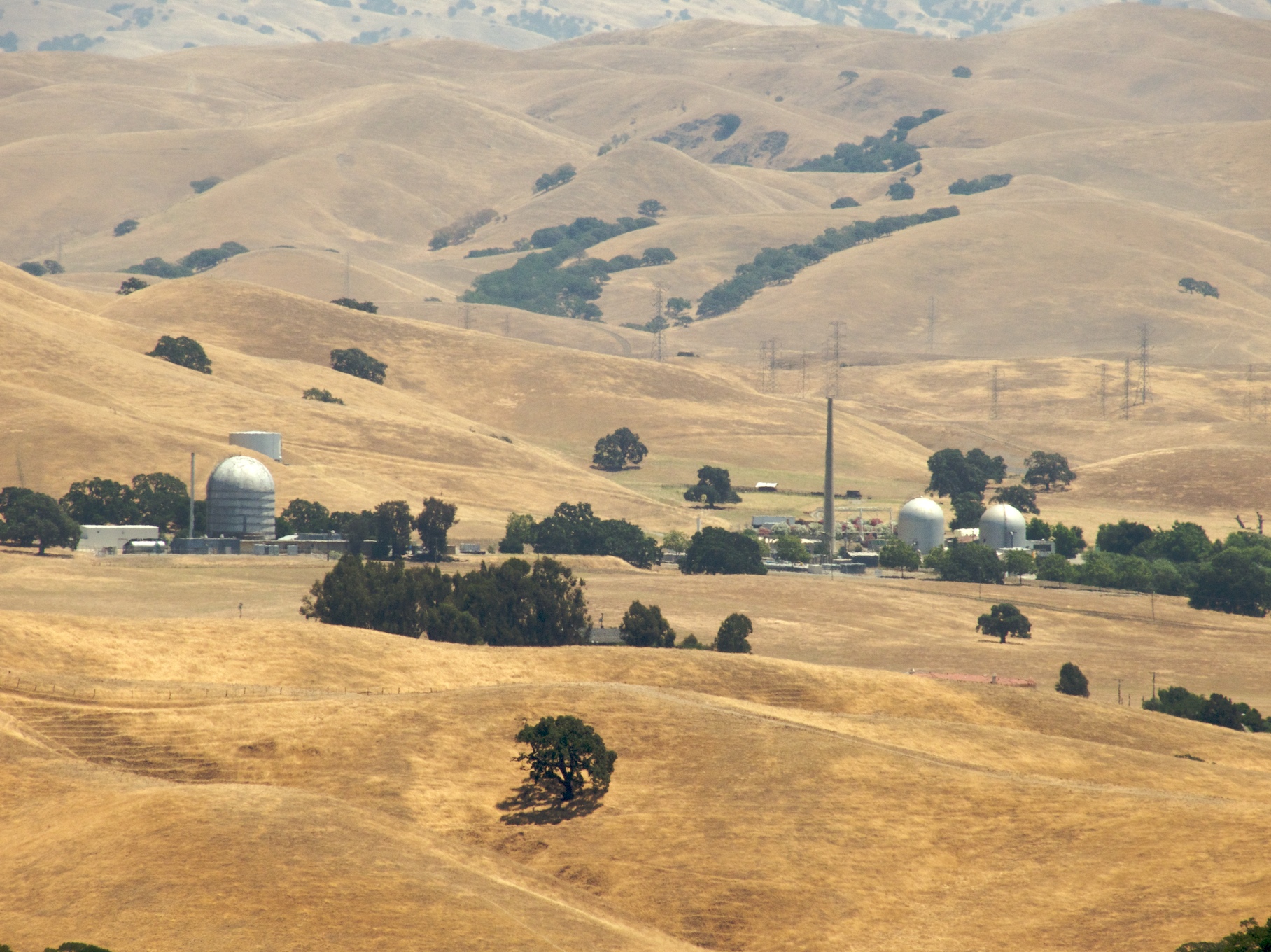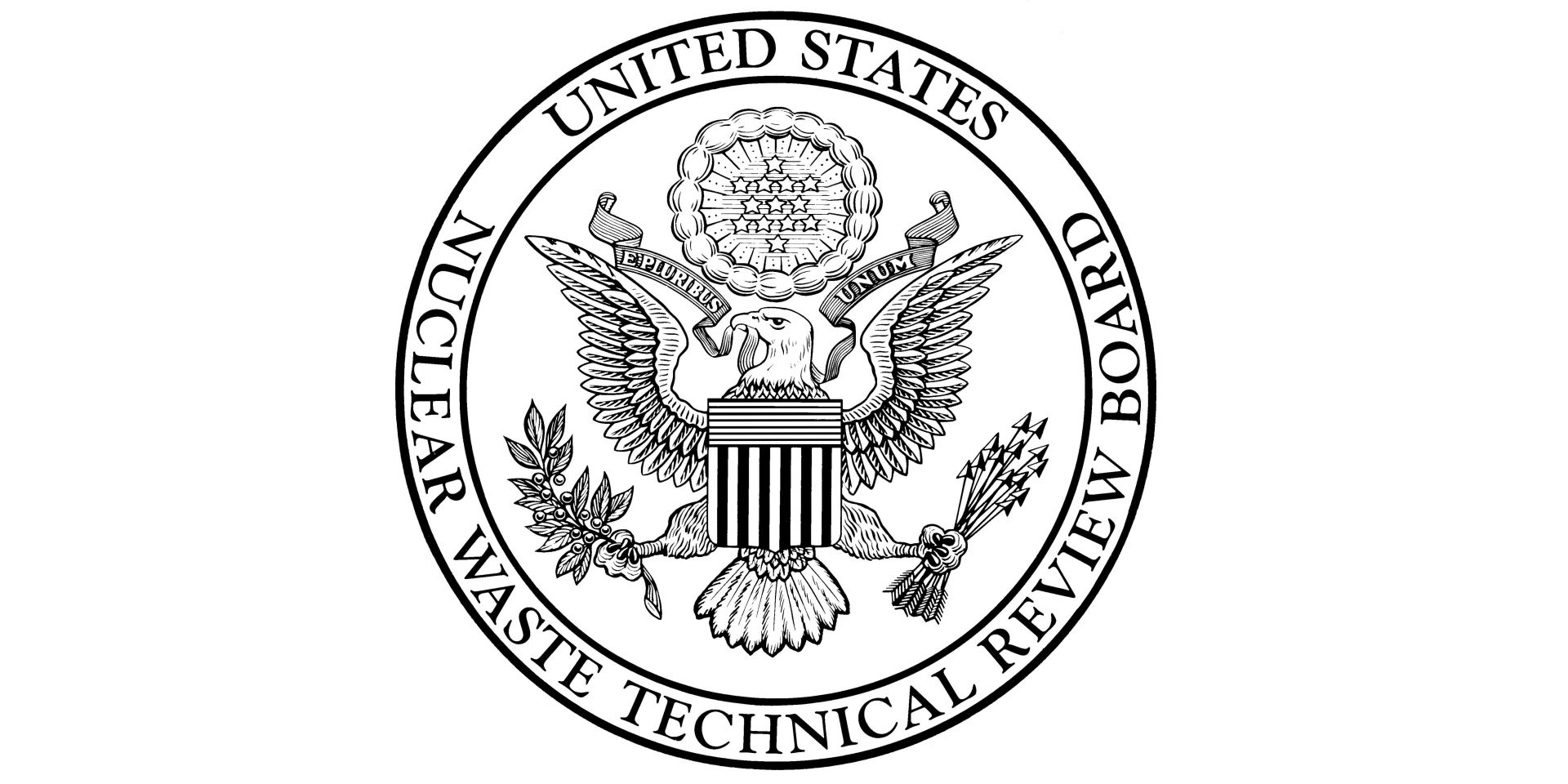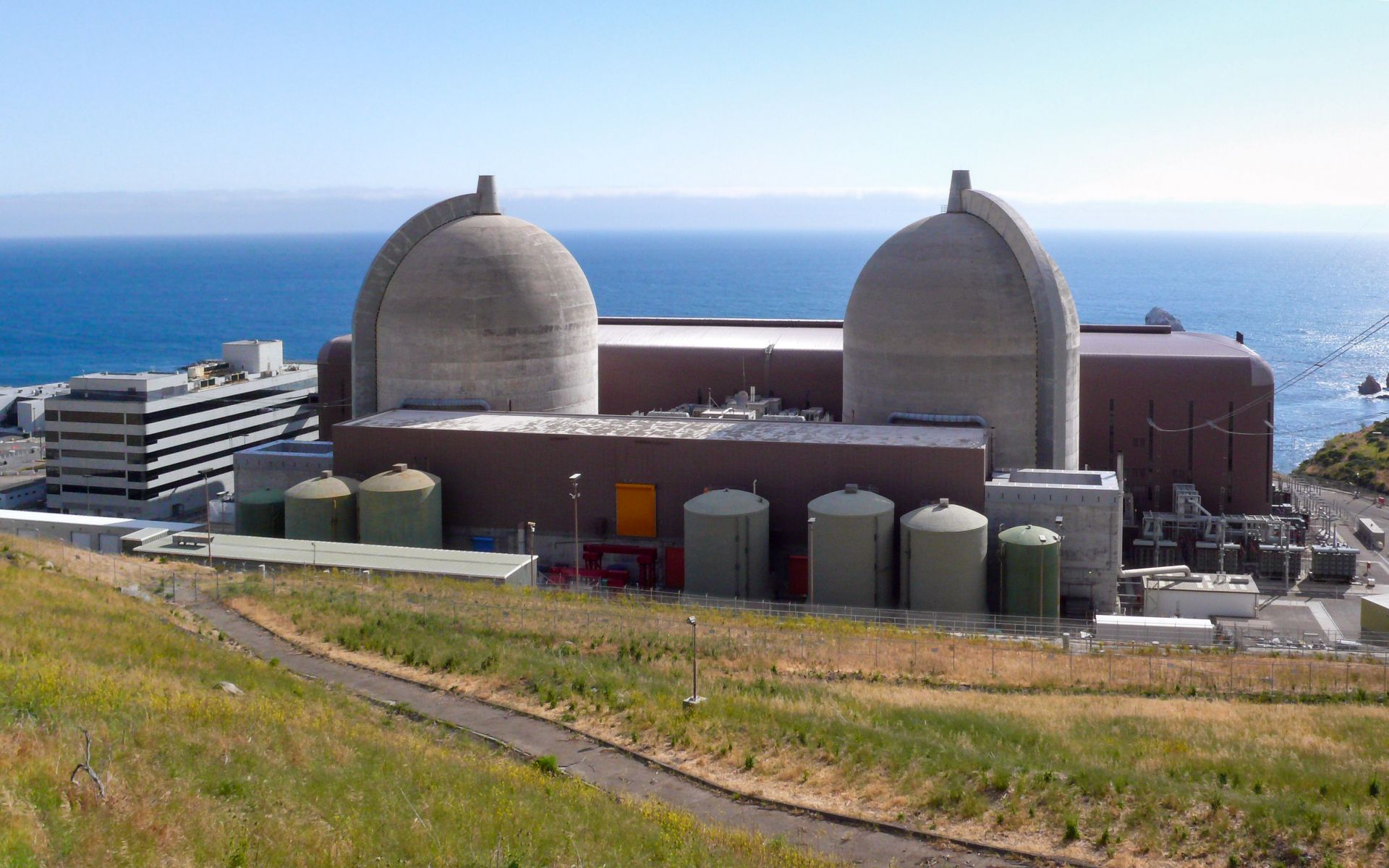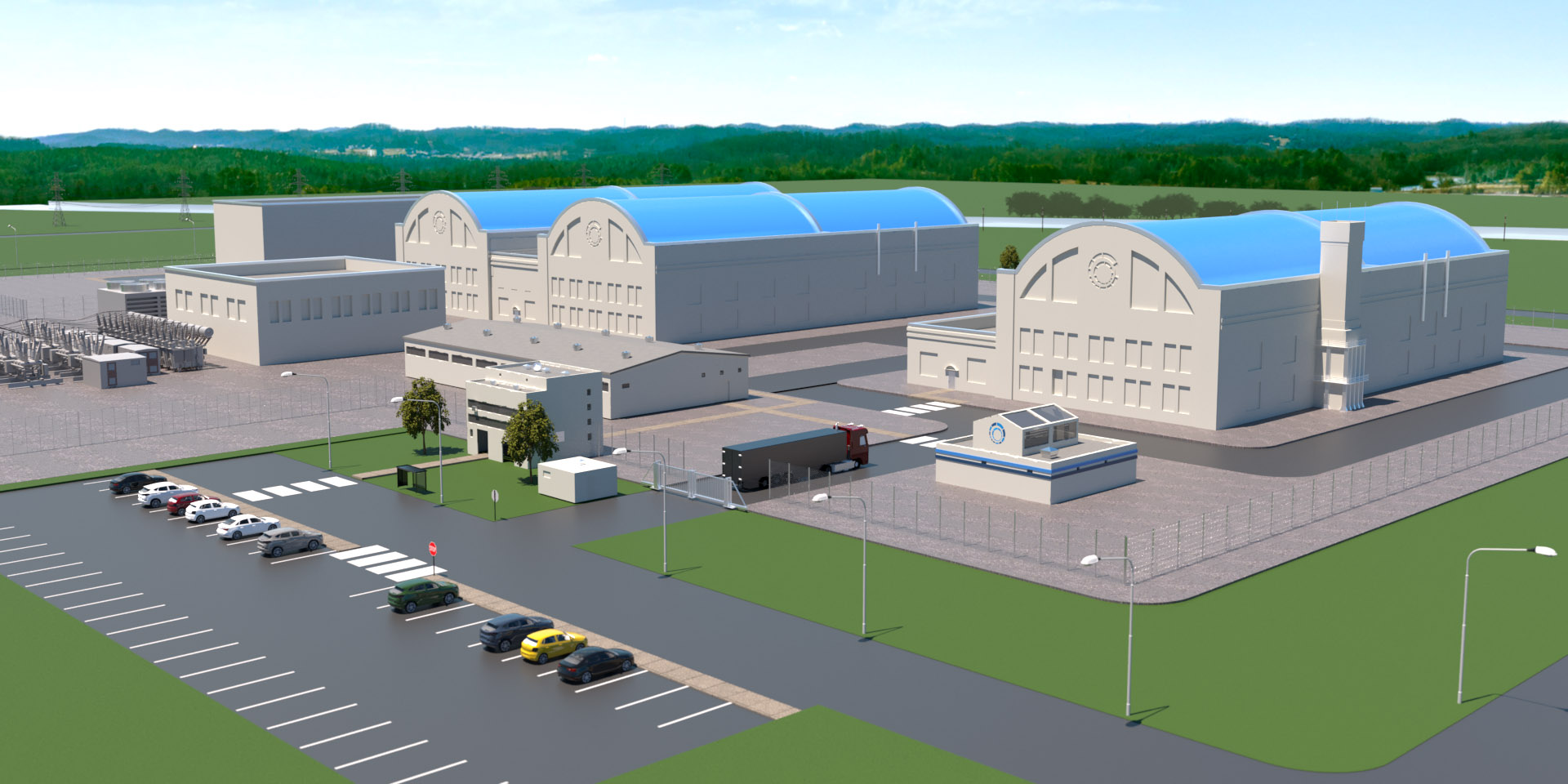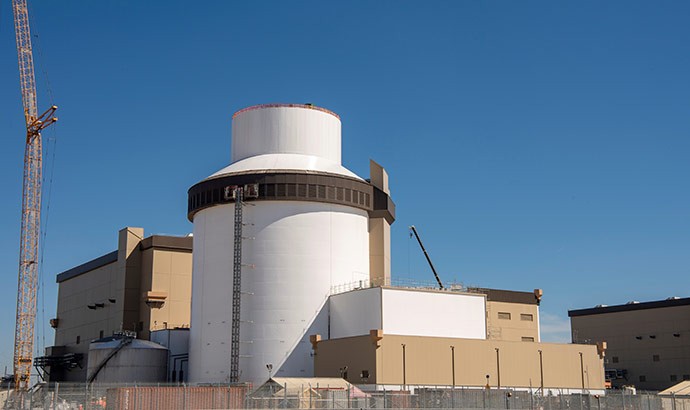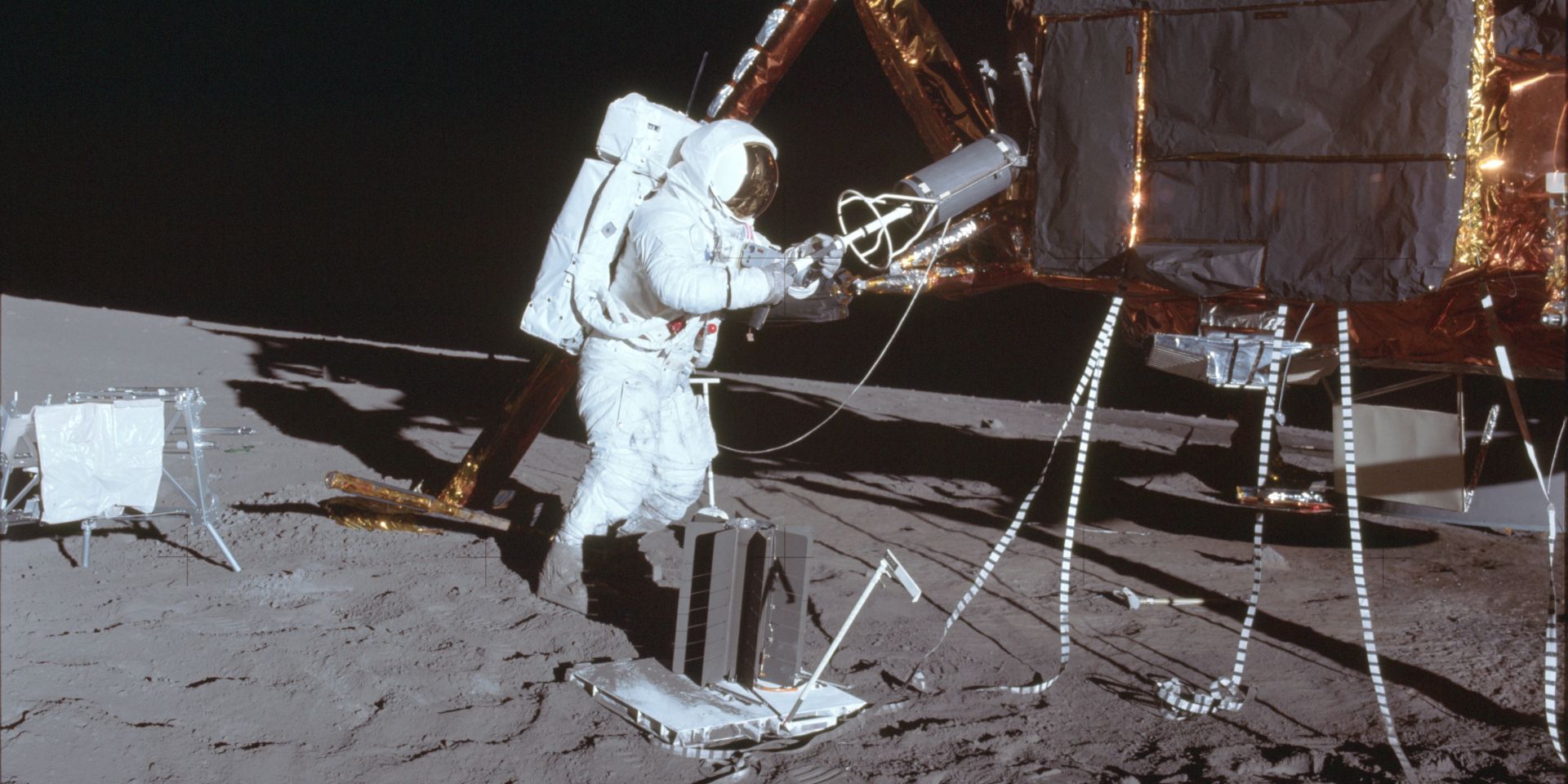ORNL’s High Flux Isotope Reactor, where Sr-89 and other radioisotopes are produced, photographed during a 2015 refueling. (Photo: ORNL)
The Department of Energy’s Isotope Program (DOE IP) announced last week that it would end its “active standby” capability for strontium-82 production about two decades after beginning production of the isotope for cardiac diagnostic imaging. The DOE IP is celebrating commercialization of the Sr-82 supply chain as “a success story for both industry and the DOE IP.” Now that the Sr-82 market is commercially viable, the DOE IP and its National Isotope Development Center can “reassign those dedicated radioisotope production capacities to other mission needs”—including Sr-89.
The Vallecitos Nuclear Center site in northern California. (Photo: Wikimedia Commons)
By an order dated April 25, the Nuclear Regulatory Commission has approved the transfer of ownership of Vallecitos Nuclear Center from GE Hitachi Nuclear Energy to NorthStar Group Services for nuclear decontamination, decommissioning, and environmental site restoration.
Energy Fuels’ White Mesa Mill in southeastern Utah is the only operating conventional uranium mill in the United States. (Photo: Energy Fuels)
The U.S. Senate approved April 30—by unanimous consent—a bill banning the importation of Russian uranium. The House of Representatives passed the bill, House Resolution 1042, last fall, and now President Biden is expected to sign it into law.
An aerial view of the Hanford Site’s 200 Area and the Waste Treatment and Immobilization Plant, also known as the Vit Plant. (Photo: DOE)
The U.S. Department of Energy, Washington State Department of Ecology, and U.S. Environmental Protection Agency have reached an agreement on revised plans for managing millions of gallons of radioactive and chemical liquid waste stored in 177 underground tanks at the Hanford Site near Richland, Wash.
Diablo Canyon nuclear power plant. (Photo: PG&E)
A review from the Ninth Circuit Court of Appeals this week denied a challenge to the Diablo Canyon nuclear plant’s license renewal application extension granted by the federal government.
In late 2023, the Nuclear Regulatory Commission agreed to formally docket the California plant’s request to extend plant operations beyond the current license expiration dates of 2024 and 2025 for the two respective units.
Data from Fukushima ALPS-treated water discharge. (Image: IAEA)
An International Atomic Energy Agency task force has confirmed that the discharge of treated water from Japan's Fukushima Daiichi nuclear power plant is progressing in accordance with the plan approved by Japan’s Nuclear Regulation Authority.
Concept art for a Hermes plant. (Image: Kairos Power)
The Nuclear Regulatory Commission is seeking input on its draft environmental assessment and draft finding of no significant impact for Kairos Power’s application to build the Hermes 2 test reactor facility in Oak Ridge, Tenn.
Vogtle's Unit 4 achieves a milestone. (Photo: Georgia Power)
Unit 4 at Georgia Power’s Plant Vogtle has entered commercial operation, the company announced today. The new unit can produce enough electricity to power an estimated 500,000 homes and businesses, according to the company.
Concept art of Framatome's expansion of its Mill Ridge Road facility in Lynchburg, Va. (Image: Framatome)
An official groundbreaking last week at Framatome’s Mill Ridge Road facility, in Lynchburg, Va., marks the start of a $50 million expansion and an eventual addition of 500 employees, according to the nuclear company.
April 26, 2024, 3:03PMNuclear NewsAlex Gilbert, Harsh S. Desai, and Jake Matthews Astronaut Alan Bean prepares fueling of a Pu-238 radioisotope thermoelectric generator during the Apollo 12 mission to the lunar surface. (Photo: NASA)
In early 2006, a start-up company launched a small rocket from a tiny island in the Pacific. It exploded, showering the island with debris. A year later, a second launch attempt sent a rocket to space but failed to make orbit, burning up in the atmosphere. Another year brought a third attempt—and a third failure. The following month, in September 2008, the company used the last of its funds to launch a fourth rocket. It reached orbit, making history as the first privately funded liquid-fueled rocket to do so.
An illustration of a planned deep geologic repository for Canada’s spent nuclear fuel. (Image: NWMO)
Canada’s Nuclear Waste Management Organization, a not-for-profit organization responsible for the long-term management of the country’s intermediate- and high-level radioactive waste, is set to select a site for a deep geologic repository by the end of the year.
The digital control system was installed at Linglong One earlier this month. (Photo: CNNC)
Earlier this month, the first digital control system was put in place at Linglong One, a small modular reactor demonstration project being built at the Changjiang nuclear power plant in Hainan Province. This is the world’s first land-based commercial SMR and is controlled by China National Nuclear Power Co. Ltd., a subsidiary of the China National Nuclear Corporation (CNNC).





